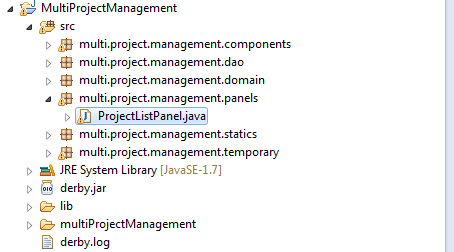Seems like the issue was a Laravel framework specific one.
I had to invoke the toArray() method on my collection of objects before putting it on my return array.
The proper way to do it is:
public function getMembers(){
$members = Members:all()->toArray();
$rez = array();
$rez['aaData'] = $members;
return $rez;
}
I'm putting the solution up lest someone needs it in the future.
